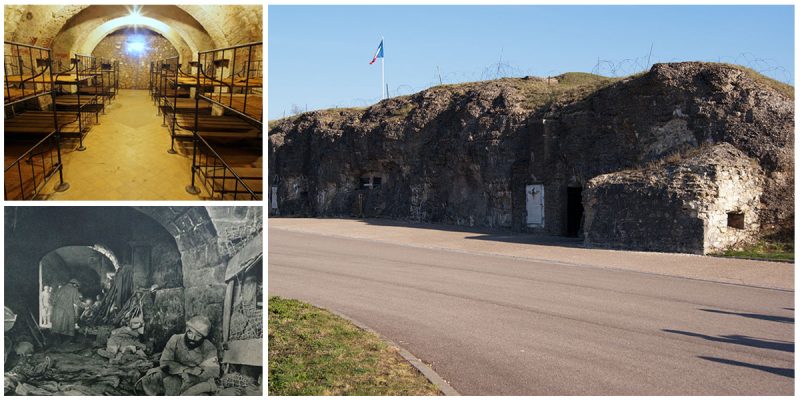The Battle of Verdun is considered the greatest and longest in world history (lasting from 21st February 1916 until 19th December 1916 caused over an estimated 700,000 casualties).
Built from 1881–1884 (although additional strengthening work was carried out in 1899) to house 150 men, Fort Vaux, located in Vaux-Devant-Damloup, Meuse, France, was one of the series of forts near Verdun, constructed after the Franco-Prussian War in order to ensure that the area could be defended against any future attack.
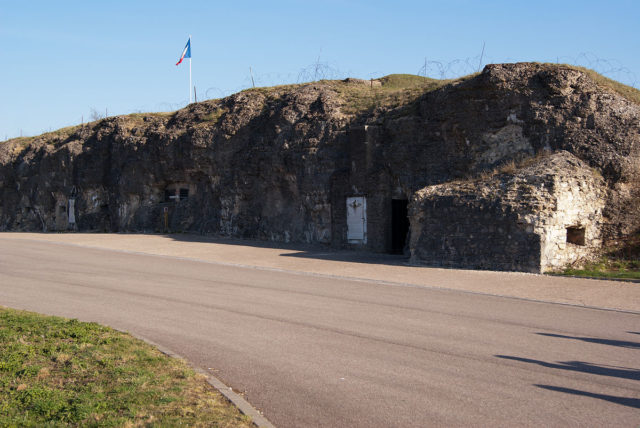
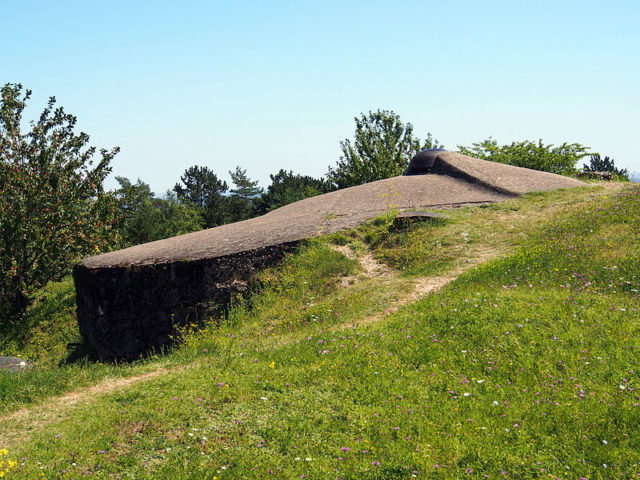
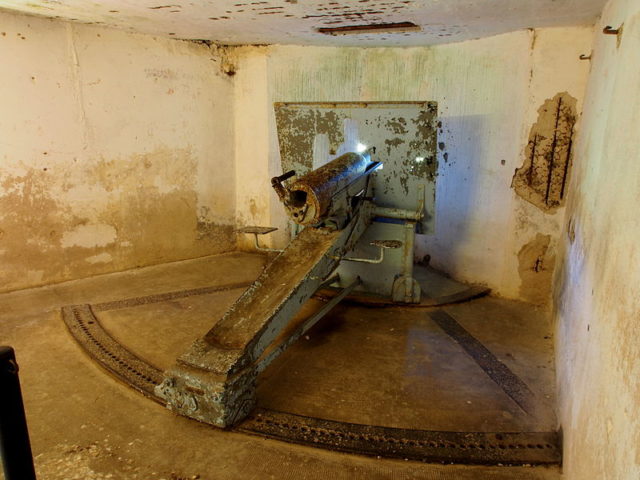
The defense of Fort Vaux was marked by the heroism and endurance of the besieged French garrison under the command of Major Sylvain-Eugene Raynal. They repulsed German assaults, including fighting underground from barricades inside the corridors, during the first big engagement inside a fort during the World War I.
On 1st June 1916 the advancing Germans reached the fort and for the next six days, the fighting took place inside. The 250 strong French garrison, commanded by Major Raynal and his small band of men, fought with great heroism as they contested every corridor and room with the Germans.
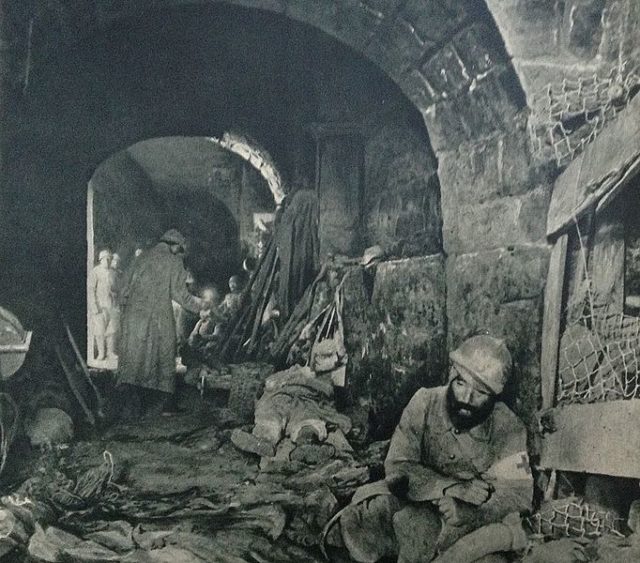
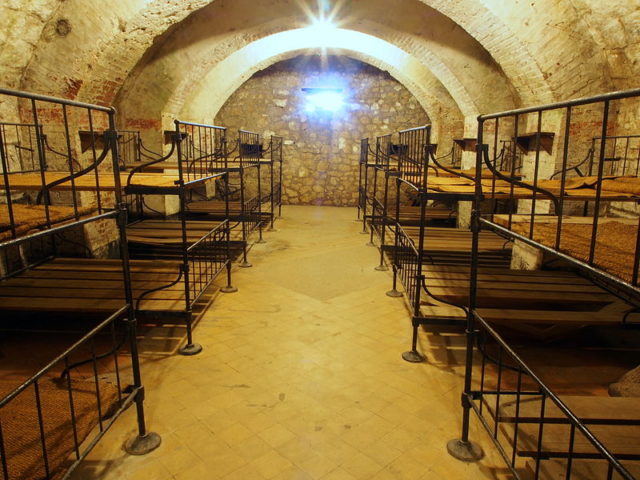
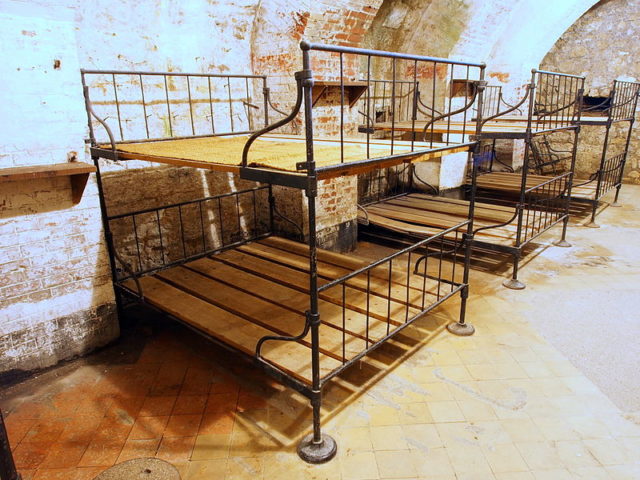
The Germans sealed up the ventilation shafts and attacked the defenders with gas and flamethrower attacks. The conditions within the fort became desperate and the men were suffering from dreadful thirst brought by the constant gas attacks and the lack of oxygen.
On 4th June Major Raynal sent off his last pigeon with an urgent message explaining their impossible situation. The pigeon delivered his message to Verdun despite being gassed in a German attack. The toxic gas caused its death and it later became the only bird decorated with the Legion of Honor.
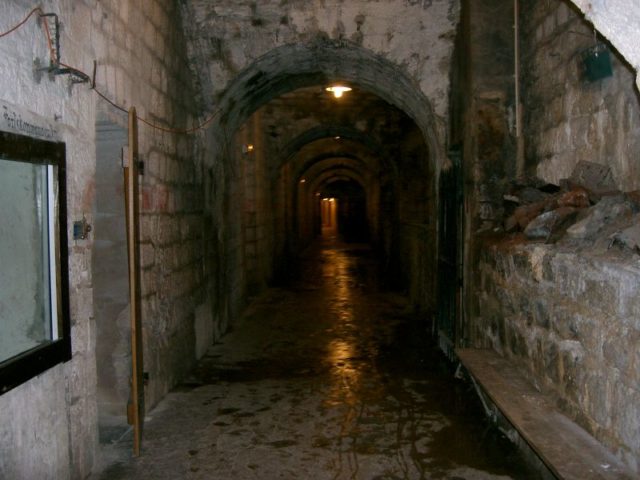
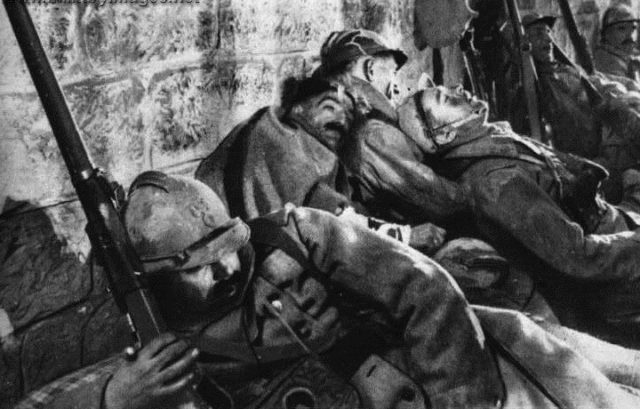
Finally, on June 7th, Major Raynal sent two officers under a white flag and requested the honorable surrender of Fort Vaux which the Germans accepted. After the surrender of the garrison on June 7th, Commander Raynal was captured by the Germans under military honors for having fought courageously in extreme conditions.
The German army group commander, Crown Prince Friedrich Wilhelm, commander of the German Fifth Army, was so impressed with the French resistance at Fort Vaux that he presented Major Raynal (who’d lost his sword during the battle) with a French officer’s sword as a sign of respect.
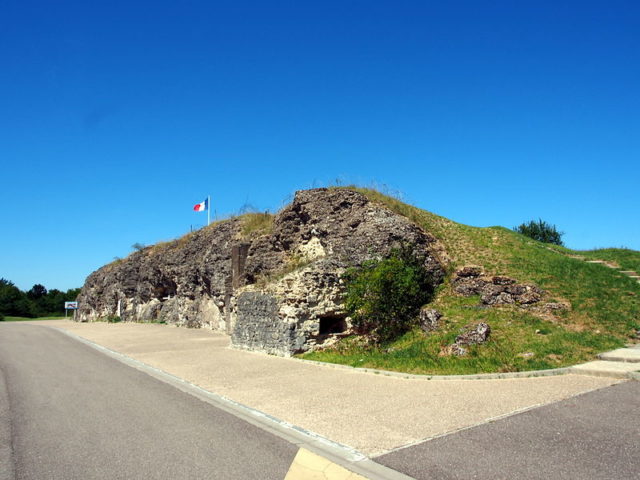
Over the next several days the French made numerous attempts to recapture Fort Vaux but without any success. On 2nd November, a decision was made by the German High Command to abandon Fort Vaux and destroy it with explosive charges.
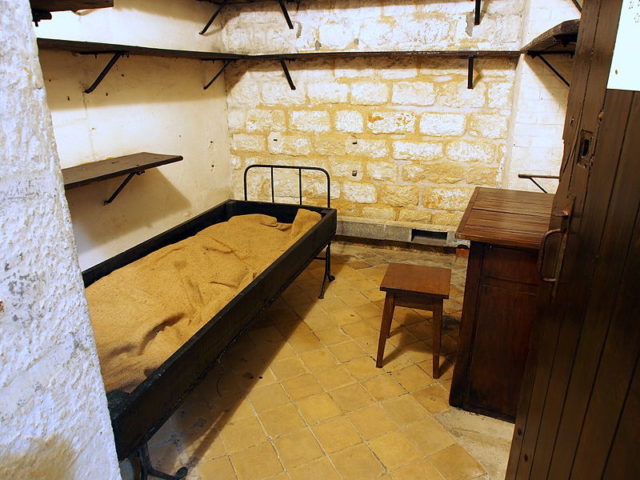
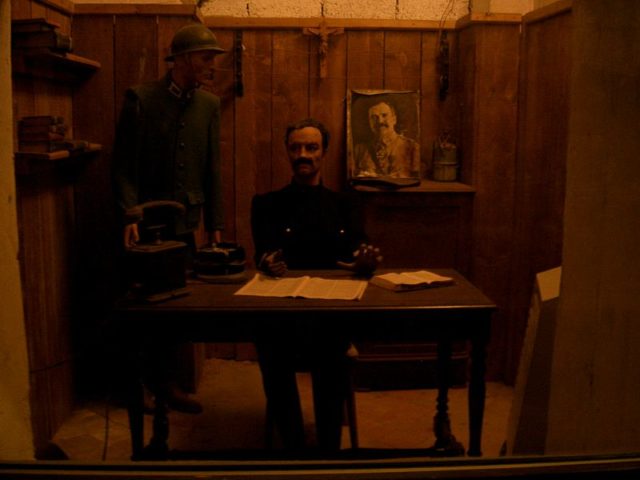
Here is another story from us: Döllersheim-Hitler’s father birthplace has been abandoned since WWII
The underground installations of the fort are well-preserved and currently open to the public for guide tours.
